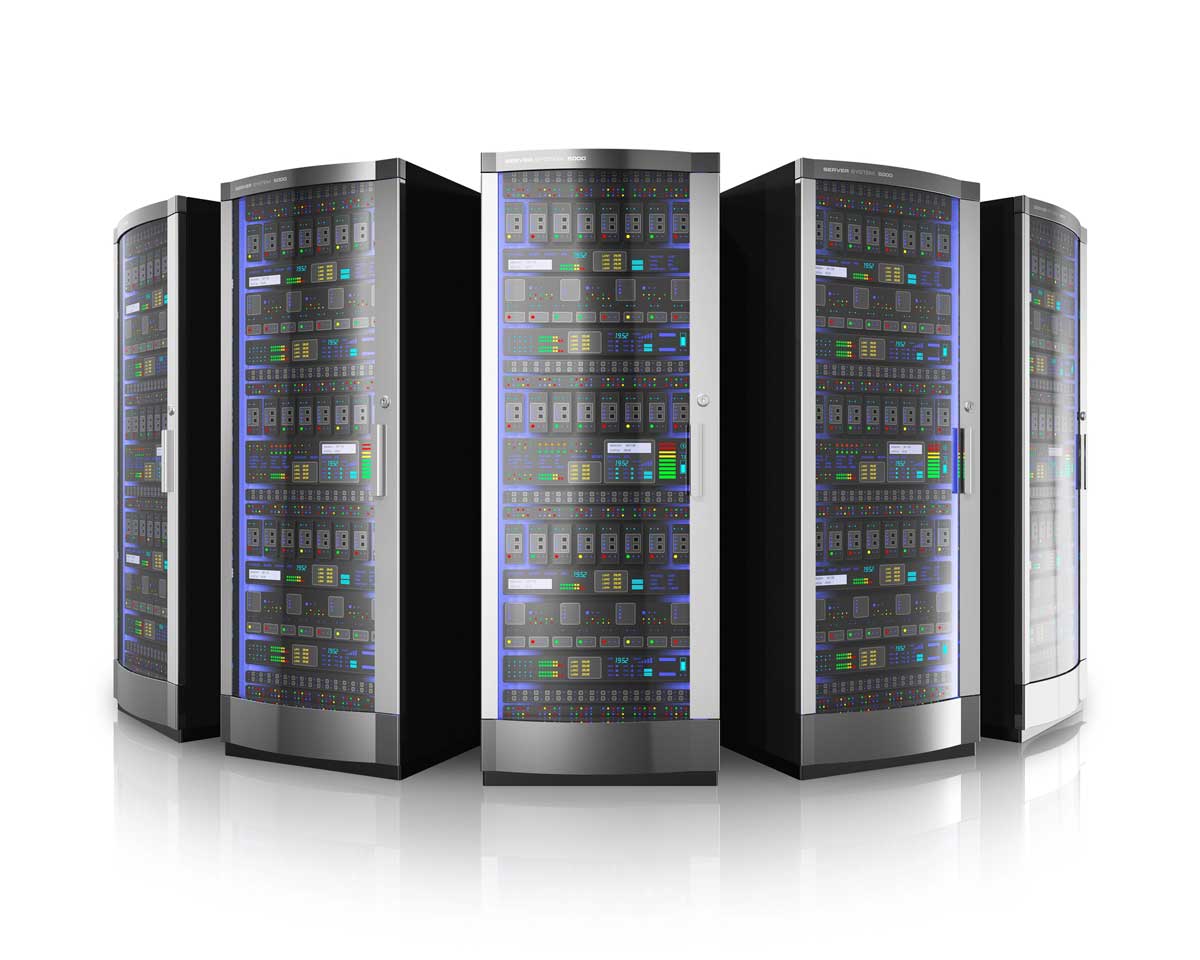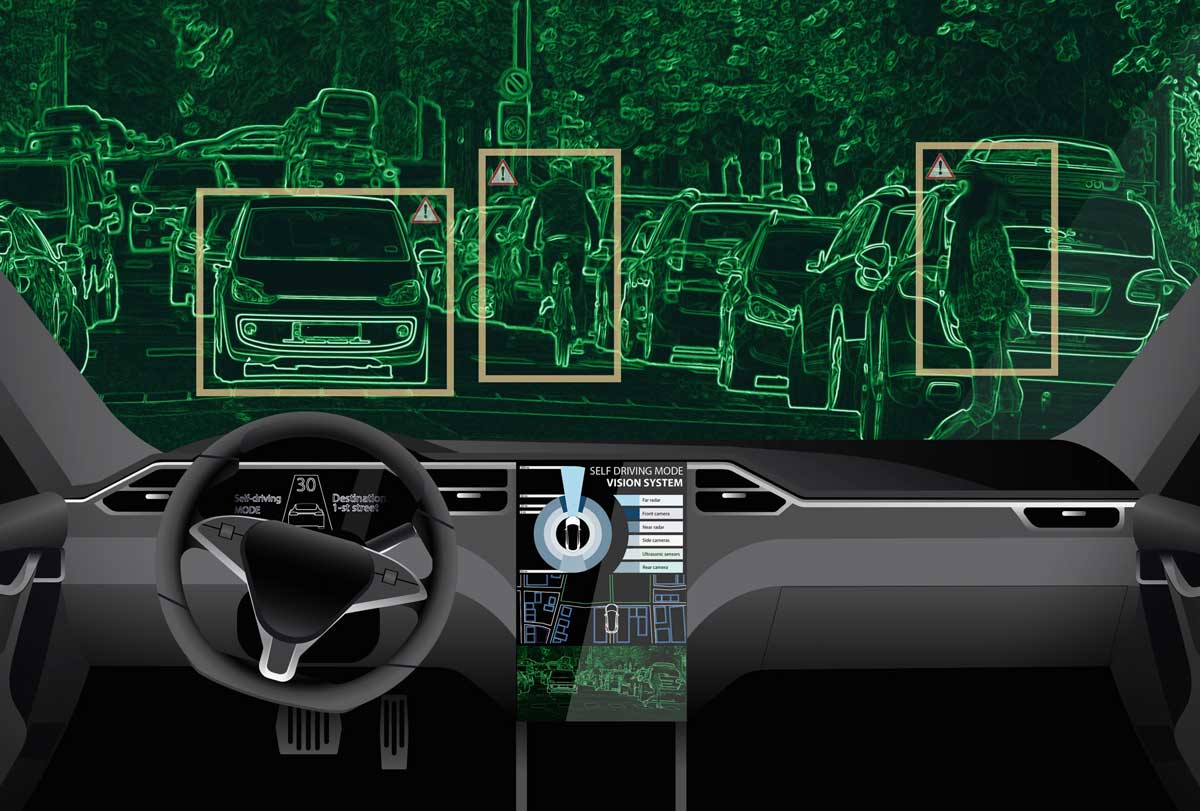Hardware versus software. It’s a debate that’s been going on for years in the storage space. There are strong proponents of each approach and it seems the answer is not as clear-cut as one might think.
As part of our most recent RoadCast video series, we met with Maxta, a software-defined storage provider of hyperconverged software and hardware appliances. We asked David Friedlander, Sr. Director of Product Marketing at Maxta, to share his thoughts on the role of hyperconverged infrastructure in buying software that’s already bundled with hardware versus purchasing the software alone. Friedlander says there are definite tradeoffs in each approach.
With the hardware approach, customers must take into consideration the refresh point, Friedlander says, where four to five years down the road customers are paying for both the hyperconverged hardware and the software all over again. It’s very similar to purchasing a traditional storage array, where you not only have to buy the hardware and software package, but you have to migrate the data as well, says Friedlander. Hyperconverged solutions make this upgrade process easier, but it still exists. In certain environments, particularly greenfield projects, this might be the right approach.
On the other hand, when the software is a completely separate component from the hardware, you don’t have this issue. Customers can upgrade the hardware at their own pace, which offers more flexibility, Friedlander explains. It can also be a more cost effective approach because customers can leverage their existing hardware vendor relationships to purchase the required hardware to run the hyperconverged software at a better price.
Another nice advantage of a software only approach is that you can swap out drives midstream within a cluster, says Friedlander, without having to reach out to the vendor. And if the solution is architected properly you can mix and match hardware models without any conflicts, which is impossible with a hardware and software bundled solution.
Beyond costs and being able to choose your hardware vendor, there’s also the important technical consideration of what platforms will the organization need access to down the road, Friedlander explains. Many IT shops simply want the flexibility of both the hardware and the hypervisor in case their technologies need to change, for whatever reason.
In the video, Friedlander also shares a specific customer use case that helps illustrate the hardware versus software dilemma. Watch the complete video and visit maxta.com to learn more about the company’s VM-centric hyperconverged solutions and the unparalleled flexibility it offers to customers today.
Enabling The VMware Escape Pod With Maxta
In another video interview, we spoke with Kiran Sreenivasamurthy, VP of Product Management at Maxta, about the growing need for enterprises to have more flexibility and choice of a hypervisor in their data centers. Sreenivasamurthy notes that in the majority of cases, it’s not that the organization is moving away from a particular hypervisor that they’ve been using; the customer simply needs to employ another hypervisor and be able to easily move workloads between the two.
In response to these needs, Maxta now supports additional hypervisors and offers a tool that can easily migrate virtual machines from customers’ existing VMware environments other hypervisors, Sreenivasamurthy explains. Once the data is migrated, the management interface that Maxta offers is exactly the same so IT pros don’t have to learn how to use another tool in order to leverage a different hypervisor.
Watch the video to learn more about using multiple hypervisors with Maxta.
Resiliency With Hyperconverged Infrastructure
We also met with Arjun Narang, Maxta’s Product Manager, to discuss resiliency, availability and data protection and how Maxta handles these aspects for its customers. Narang notes that this is especially critical for hyperconverged solutions because the storage and compute are tied together. In order for hyperconverged infrastructure to handle that, you need robust software, says Narang, which can handle a failure at any point in the stack.
Narang goes on to explain how Maxta is able to accomplish this, illustrating the different ways that the systems can fail and Maxta is still able to stay resilient. Watch the video to learn the technical details on how Maxta’s solution ensures resiliency in a number of different real-world scenarios. Visit maxta.com to request a demo or get a free full-featured software license so you can try Maxta today.




















